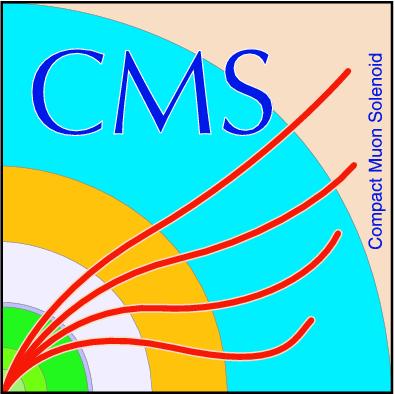

Compact Muon Solenoid
LHC, CERN
| CMS-PAS-SUS-24-007 | ||
| Search for dark matter produced in association with a Higgs boson decaying to bottom quarks in proton-proton collisions at $ \sqrt{s}= $ 13 TeV | ||
| CMS Collaboration | ||
| 30 April 2025 | ||
| Abstract: A search for dark matter produced in association with a Higgs boson decaying to a pair of bottom quarks is presented using data collected with the CMS detector in 2017 and 2018 at $ \sqrt{s}= $ 13 TeV, corresponding to an integrated luminosity of 101.3 fb$ ^{-1} $. The analysis is performed in exclusive channels targeting both boosted and resolved b quark pair topologies, covering a wide range of Higgs boson transverse momentum. The data are observed to agree with the SM predictions and limits on possible new physics are set in the framework of simplified benchmark models, 2HDM+a and Baryonic-Z'. | ||
| Links: CDS record (PDF) ; CADI line (restricted) ; | ||
| Figures | |

png pdf |
Figure 1:
Feynman diagrams for simplified benchmark models considered in this analysis: the 2HDM+a model (left) and Baryonic-Z' model (right). |

png pdf |
Figure 2:
Comparison between observed data and background prediction in the SR before and after the simultaneous fit. The distributions are shown for boosted (upper) and resolved (lower) categories with the corresponding fitted observable, $ M_{\text{SD}} $ and $ M_{\text{bb}} $. The fit includes both categories, both data taking years and all signal and control regions. The signal predictions are overlaid as cyan and yellow color dashed lines, one for each benchmark model. The bottom panel shows the ratio of the observed data to pre-fit (maroon points) and post-fit (black points) background predictions, with the grey band indicating post-fit uncertainty obtained from combining all statistical and systematic sources. The data is observed to agree with the SM prediction with background-only hypothesis. |

png pdf |
Figure 2-a:
Comparison between observed data and background prediction in the SR before and after the simultaneous fit. The distributions are shown for boosted (upper) and resolved (lower) categories with the corresponding fitted observable, $ M_{\text{SD}} $ and $ M_{\text{bb}} $. The fit includes both categories, both data taking years and all signal and control regions. The signal predictions are overlaid as cyan and yellow color dashed lines, one for each benchmark model. The bottom panel shows the ratio of the observed data to pre-fit (maroon points) and post-fit (black points) background predictions, with the grey band indicating post-fit uncertainty obtained from combining all statistical and systematic sources. The data is observed to agree with the SM prediction with background-only hypothesis. |

png pdf |
Figure 2-b:
Comparison between observed data and background prediction in the SR before and after the simultaneous fit. The distributions are shown for boosted (upper) and resolved (lower) categories with the corresponding fitted observable, $ M_{\text{SD}} $ and $ M_{\text{bb}} $. The fit includes both categories, both data taking years and all signal and control regions. The signal predictions are overlaid as cyan and yellow color dashed lines, one for each benchmark model. The bottom panel shows the ratio of the observed data to pre-fit (maroon points) and post-fit (black points) background predictions, with the grey band indicating post-fit uncertainty obtained from combining all statistical and systematic sources. The data is observed to agree with the SM prediction with background-only hypothesis. |

png pdf |
Figure 3:
Exclusion limits at 95% CL on the signal strength $ \mu $ for the 2HDM+a model as a function of the $ m_{\textrm{a}} $ (upper left), $ m_{\textrm{A}} $ (upper right), $ \sin\theta $ (lower left), and $ \tan\beta $ (lower right) parameters while the other model parameters are fixed to values indicated in the figures. |

png |
Figure 3-a:
Exclusion limits at 95% CL on the signal strength $ \mu $ for the 2HDM+a model as a function of the $ m_{\textrm{a}} $ (upper left), $ m_{\textrm{A}} $ (upper right), $ \sin\theta $ (lower left), and $ \tan\beta $ (lower right) parameters while the other model parameters are fixed to values indicated in the figures. |

png |
Figure 3-b:
Exclusion limits at 95% CL on the signal strength $ \mu $ for the 2HDM+a model as a function of the $ m_{\textrm{a}} $ (upper left), $ m_{\textrm{A}} $ (upper right), $ \sin\theta $ (lower left), and $ \tan\beta $ (lower right) parameters while the other model parameters are fixed to values indicated in the figures. |

png |
Figure 3-c:
Exclusion limits at 95% CL on the signal strength $ \mu $ for the 2HDM+a model as a function of the $ m_{\textrm{a}} $ (upper left), $ m_{\textrm{A}} $ (upper right), $ \sin\theta $ (lower left), and $ \tan\beta $ (lower right) parameters while the other model parameters are fixed to values indicated in the figures. |

png |
Figure 3-d:
Exclusion limits at 95% CL on the signal strength $ \mu $ for the 2HDM+a model as a function of the $ m_{\textrm{a}} $ (upper left), $ m_{\textrm{A}} $ (upper right), $ \sin\theta $ (lower left), and $ \tan\beta $ (lower right) parameters while the other model parameters are fixed to values indicated in the figures. |

png pdf |
Figure 4:
Exclusion limits at 95% CL on the signal strength for the Baryonic-Z' model as a function of $ m_{\mathrm{Z}^{'}} $ and $ m_{\chi} $. The coupling parameters are fixed to $ g_{q} = $ 0.25 and $ g_{\chi} = $ 1. The result includes both categories and both data taking years. The region inside the black (red) contour corresponds to the observed (expected) exclusion. Mediator masses up to 2.1 (2.35) TeV are excluded for a DM mass of 1 GeV. The DM particle masses up to 500 GeV are excluded for a mediator mass of 1.25 TeV. |
| Tables | |

png pdf |
Table 1:
Boosted category signal and control region event selections applied in analysis. All events in all the analysis regions have a photon and tau candidate veto. Here "$ l $" refers to lepton (e or $ \mu $) depending on the control region, and "jets" refers to AK4 jets with $ \Delta R > $ 0.8 between the jet and the bb-tagged AK8 jet. "bjets" are "jets" that pass the DeepJet b-tag Loose WP. |

png pdf |
Table 2:
Resolved category signal and control region event selections applied in analysis. All events in all the analysis regions have a photon and tau candidate veto. Here "$ l $" refers to lepton (e or $ \mu $) depending on the control region, and "jets" refers to AK4 jets with $ \Delta R > $ 0.4 between the jet and the leading and subleading b-tagged jets forming the Higgs candidate di-jet system. |
| Summary |
| A search for dark matter produced in association with a Higgs boson decaying to a pair of bottom quarks has been performed. The analysis is based on 101.3 fb$ ^{-1} $ of proton-proton collision data collected in 2017 and 2018 by the CMS experiment at $ \sqrt{s}= $ 13 TeV. The search has been performed in boosted and resolved categories to cover a wide range of Lorentz boost of the Higgs boson. The signal is extracted using a simultaneous fit to the signal and control regions by combining the two categories, and the 2017 and 2018 data sets. The observed data agrees with the SM predictions with a background-only fit, with no significant evidence for new physics. The results are interpreted in two simplified models, Baryonic-Z' and 2HDM+a, in which the exclusion limits are set on the model parameters at 95% CL. For Baryonic-Z', mediator Z' masses up to 2.1 TeV are excluded for DM mass of 1 GeV, and DM masses up to 500 GeV are excluded for 1.25 TeV Z'. In the 2HDM+a model, the light pseudoscalar masses $ m_{\textrm{a}} $ below 350 GeV are excluded for heavy pseudoscalar mass $ m_{\textrm{A}} $ of 1 TeV, and the $ m_{\textrm{A}} $ masses between 960 and 1300 GeV are excluded for $ m_{\textrm{a}} $ of 350 GeV. For other parameters, $ \sin\theta $ values between 0.16 and 0.93 are excluded, while the parameter space with $ \tan\beta $ values less than 4.0 is excluded. |
| References | ||||
| 1 | Planck Collaboration | Planck 2018 results. I. Overview and the cosmological legacy of Planck | 1807.06205 | |
| 2 | ATLAS Collaboration | Observation of a new particle in the search for the standard model Higgs boson with the ATLAS detector at the LHC | PLB 716 (2012) 1 | 1207.7214 |
| 3 | CMS Collaboration | Observation of a new boson at a mass of 125 GeV with the CMS experiment at the LHC | PLB 716 (2012) 30 | CMS-HIG-12-028 1207.7235 |
| 4 | CMS Collaboration | Observation of a new boson with mass near 125 GeV in pp collisions at $ \sqrt{s} = $ 7 and 8 TeV | JHEP 06 (2013) 081 | CMS-HIG-12-036 1303.4571 |
| 5 | ATLAS Collaboration | Search for dark matter in events with missing transverse momentum and a higgs boson decaying to two photons in pp collisions at $ \sqrt{s}= $ 8 TeV with the ATLAS detector | PRL 115 (2015) 131801 | 1506.01081 |
| 6 | ATLAS Collaboration | Search for dark matter produced in association with a Higgs boson decaying to two bottom quarks in pp collisions at $ \sqrt{s} = $ 8 TeV with the ATLAS detector | PRD 93 (2016) 072007 | 1510.06218 |
| 7 | CMS Collaboration | Search for associated production of dark matter with a Higgs boson decaying to $ \mathrm{b}\overline{\mathrm{b}} $ or $ \gamma\gamma $ at $ \sqrt{s}= $ 13 TeV | JHEP 10 (2017) 180 | CMS-EXO-16-012 1703.05236 |
| 8 | ATLAS Collaboration | Search for dark matter in association with a Higgs boson decaying to b-quarks in pp collisions at $ \sqrt s= $ 13 TeV with the ATLAS detector | PLB 765 (2017) 11 | 1609.04572 |
| 9 | ATLAS Collaboration | Search for dark matter in association with a Higgs boson decaying to two photons at $ \sqrt{s} $ = 13 TeV with the ATLAS detector | PRD 96 (2017) 112004 | 1706.03948 |
| 10 | ATLAS Collaboration | Search for dark matter produced in association with a Higgs boson decaying to $ b\bar b $ using 36 fb$ ^{-1} $ of pp collisions at $ \sqrt s= $ 13 TeV with the ATLAS detector | PRL 119 (2017) 181804 | 1707.01302 |
| 11 | CMS Collaboration | Search for heavy resonances decaying into a vector boson and a Higgs boson in final states with charged leptons, neutrinos and b quarks at $ \sqrt{s}= $ 13 TeV | JHEP 11 (2018) 172 | 1807.02826 |
| 12 | CMS Collaboration | Search for dark matter produced in association with a Higgs boson decaying to a pair of bottom quarks in proton-proton collisions at $ \sqrt{s}= $ 13 TeV | EPJC 79 (2019) 280 | CMS-EXO-16-050 1811.06562 |
| 13 | CMS Collaboration | Search for dark matter produced in association with a Higgs boson decaying to $ \gamma\gamma $ or $ \tau^+\tau^- $ at $ \sqrt{s} = $ 13 TeV | JHEP 09 (2018) 046 | CMS-EXO-16-055 1806.04771 |
| 14 | ATLAS Collaboration | Search for Dark Matter produced in association with a Standard Model Higgs boson decaying to $ b $-quarks using the full Run 2 collision data with the ATLAS detector | Technical Report ATLAS-CONF-2021-006, 2021 | |
| 15 | D. Abercrombie et al. | Dark matter benchmark models for early LHC run-2 searches: Report of the ATLAS/CMS dark matter forum | Phys. Dark Univ. 27 (2020) 100371 | 1507.00966 |
| 16 | L. Carpenter et al. | Mono-Higgs-boson: a new collider probe of dark matter | PRD 89 (2014) 075017 | 1312.2592 |
| 17 | M. Bauer, U. Haisch, and F. Kahlhoefer | Simplified dark matter models with two Higgs doublets: I. Pseudoscalar mediators | JHEP 05 (2017) 138 | 1701.07427 |
| 18 | LHC Dark Matter Working Group Collaboration | LHC dark matter working group: Next-generation spin-0 dark matter models | Phys. Dark Univ. 27 (2020) 100351 | 1810.09420 |
| 19 | CMS Collaboration | The CMS experiment at the CERN LHC | JINST 3 (2008) S08004 | |
| 20 | CMS Collaboration | Development of the CMS detector for the CERN LHC Run 3 | JINST 19 (2024) P05064 | |
| 21 | CMS Collaboration | Performance of the CMS Level-1 trigger in proton-proton collisions at $ \sqrt{s} = $ 13 TeV | JINST 15 (2020) P10017 | CMS-TRG-17-001 2006.10165 |
| 22 | CMS Collaboration | The CMS trigger system | JINST 12 (2017) P01020 | CMS-TRG-12-001 1609.02366 |
| 23 | CMS Collaboration | Electron and photon reconstruction and identification with the CMS experiment at the CERN LHC | JINST 16 (2021) P05014 | CMS-EGM-17-001 2012.06888 |
| 24 | CMS Collaboration | ECAL 2016 refined calibration and Run2 summary plots | CMS Detector Performance Summary CMS-DP-2020-021, 2020 CDS |
|
| 25 | CMS Collaboration | Jet energy scale and resolution in the CMS experiment in pp collisions at 8 TeV | JINST 12 (2017) P02014 | CMS-JME-13-004 1607.03663 |
| 26 | M. Cacciari, G. P. Salam, and G. Soyez | The anti-$ k_{\mathrm{T}} $ jet clustering algorithm | JHEP 04 (2008) 063 | 0802.1189 |
| 27 | M. Cacciari, G. P. Salam, and G. Soyez | FastJet user manual | EPJC 72 (2012) 1896 | 1111.6097 |
| 28 | CMS Collaboration | Technical proposal for the Phase-II upgrade of the Compact Muon Solenoid | CMS Technical Proposal CERN-LHCC-2015-010, CMS-TDR-15-02, 2015 CDS |
|
| 29 | CMS Collaboration | Particle-flow reconstruction and global event description with the CMS detector | JINST 12 (2017) P10003 | CMS-PRF-14-001 1706.04965 |
| 30 | CMS Collaboration | Pileup mitigation at CMS in 13 TeV data | JINST 15 (2020) P09018 | CMS-JME-18-001 2003.00503 |
| 31 | CMS Collaboration | Performance of missing transverse momentum reconstruction in proton-proton collisions at $ \sqrt{s} = $ 13\,TeV using the CMS detector | JINST 14 (2019) P07004 | CMS-JME-17-001 1903.06078 |
| 32 | J. Alwall et al. | The automated computation of tree-level and next-to-leading order differential cross sections, and their matching to parton shower simulations | JHEP 07 (2014) 079 | 1405.0301 |
| 33 | P. Nason | A new method for combining NLO QCD with shower Monte Carlo algorithms | JHEP 11 (2004) 040 | hep-ph/0409146 |
| 34 | S. Frixione, P. Nason, and C. Oleari | Matching NLO QCD computations with parton shower simulations: the POWHEG method | JHEP 11 (2007) 070 | 0709.2092 |
| 35 | S. Alioli, P. Nason, C. Oleari, and E. Re | A general framework for implementing NLO calculations in shower Monte Carlo programs: the POWHEG BOX | JHEP 06 (2010) 043 | 1002.2581 |
| 36 | T. Sjöstrand et al. | An introduction to PYTHIA 8.2 | Comput. Phys. Commun. 191 (2015) 159 | 1410.3012 |
| 37 | GEANT4 Collaboration | GEANT4 --- a simulation toolkit | Nucl. Instr. Meth. A 506 (2003) 250 | |
| 38 | H. Qu and L. Gouskos | Jet tagging via particle clouds | PRD 10 (2020) 1 | |
| 39 | CMS Collaboration | Performance of heavy-flavour jet identification in boosted topologies in proton-proton collisions at $ \sqrt{s} = $ 13 TeV | Technical Report, 2023 CMS-PAS-BTV-22-001 |
CMS-PAS-BTV-22-001 |
| 40 | E. Bols et al. | Jet flavour classification using DeepJet | JINST 15 (2020) 12012 | 2008.10519 |
| 41 | CMS Collaboration | Performance summary of AK4 jet b tagging with data from proton-proton collisions at 13 TeV with the CMS detector | Technical Report CMS-DP-2023-005, CERN-CMS-DP-2023-005, 2023 CDS |
|
| 42 | A. Sirunyan et al. | Identification of heavy-flavour jets with the CMS detector in pp collisions at 13 TeV | JINST 13 (2018) P05011 | |
| 43 | CMS Collaboration | The CMS statistical analysis and combination tool: COMBINE | Computing and Software for Big Science 8 (2024) | CMS-CAT-23-001 2404.06614 |
| 44 | R. Barlow and C. Beeston | Fitting using finite Monte Carlo samples | Computer Physics Communications 77 (1993) 219 | |
| 45 | A. L. Read | Presentation of search results: The CL$ _{\text{s}} $ technique | JPG 28 (2002) 2693 | |
| 46 | T. Junk | Confidence level computation for combining searches with small statistics | NIM A 434 (1999) 435 | hep-ex/9902006 |
| 47 | ATLAS Collaboration, CMS Collaboration, LHC Higgs Combination Group | Procedure for the LHC Higgs boson search combination in Summer 2011 | Technical Report CMS-NOTE-2011-005, ATL-PHYS-PUB-2011-11, 2011 | |
| 48 | G. Cowan, K. Cranmer, E. Gross, and O. Vitells | Asymptotic formulae for likelihood-based tests of new physics | EPJC 71 (2011) | |

|
Compact Muon Solenoid LHC, CERN |
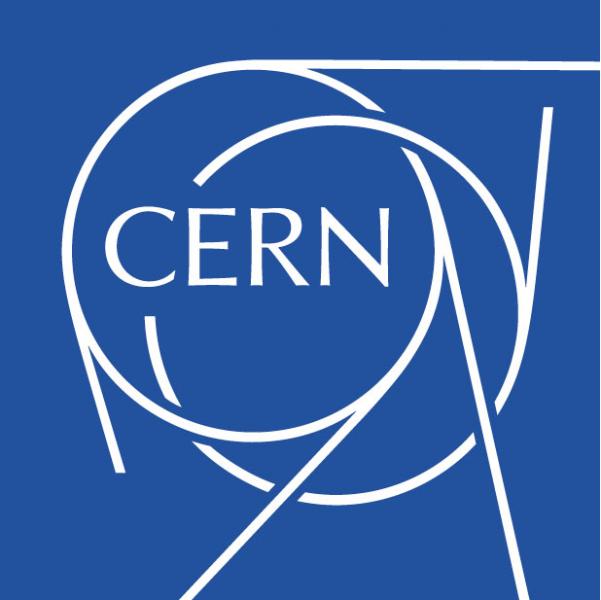
|
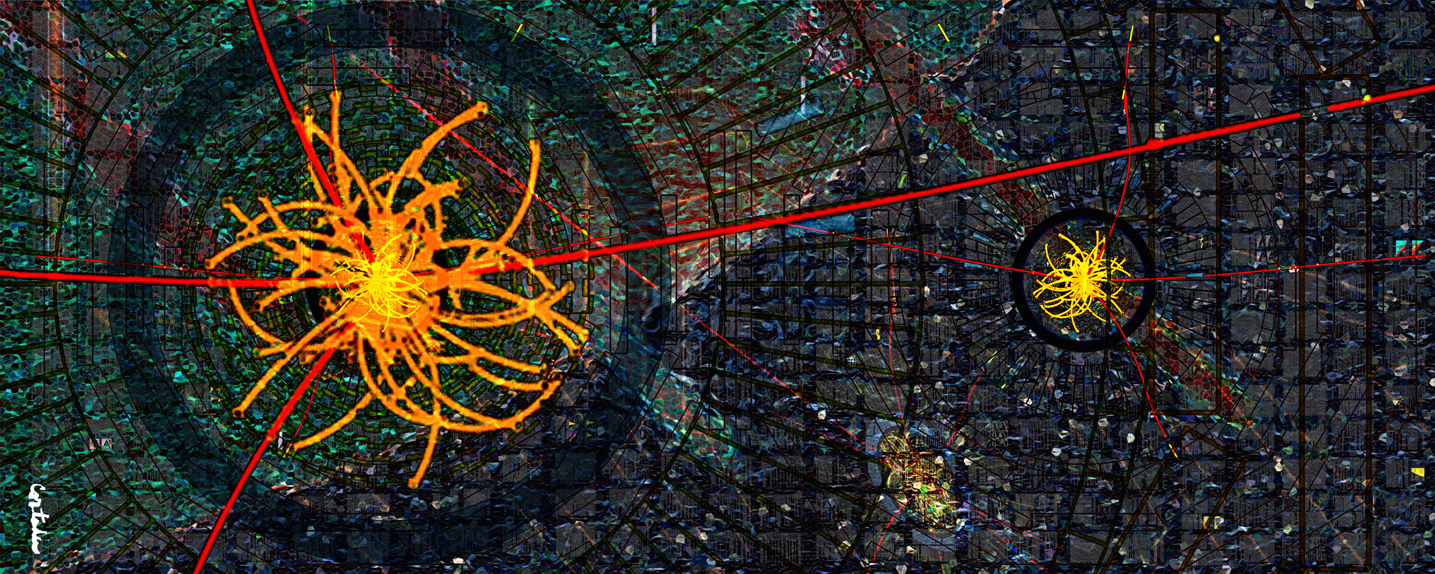
|
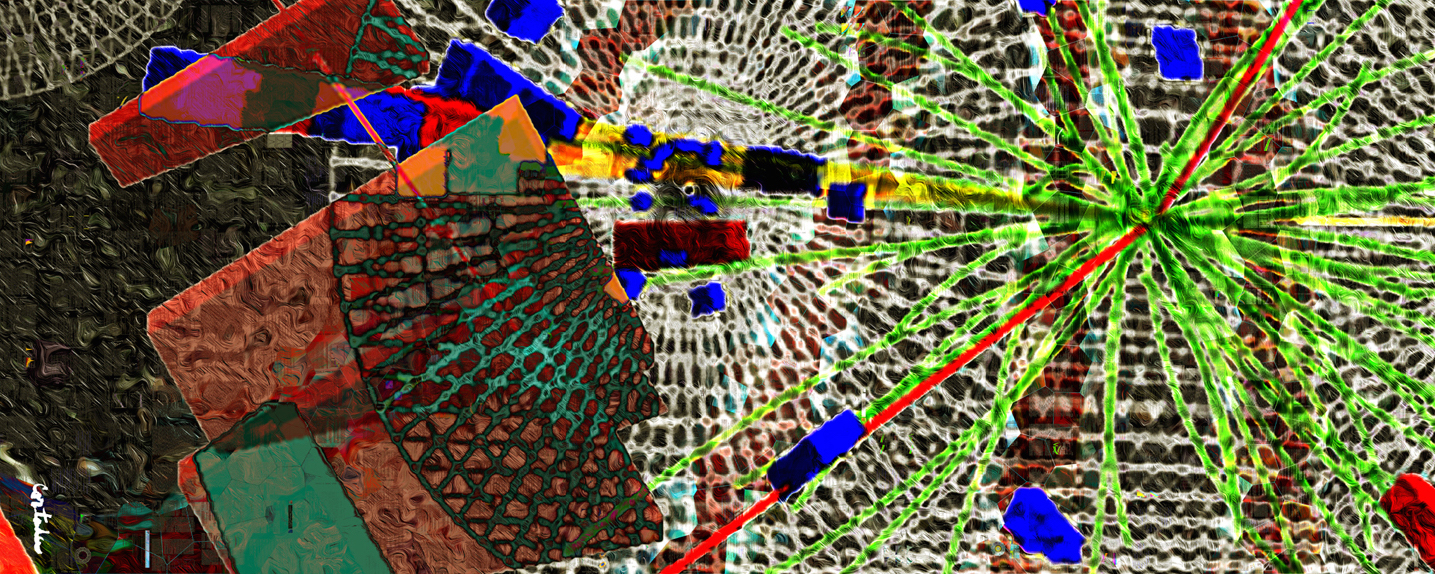
|

|
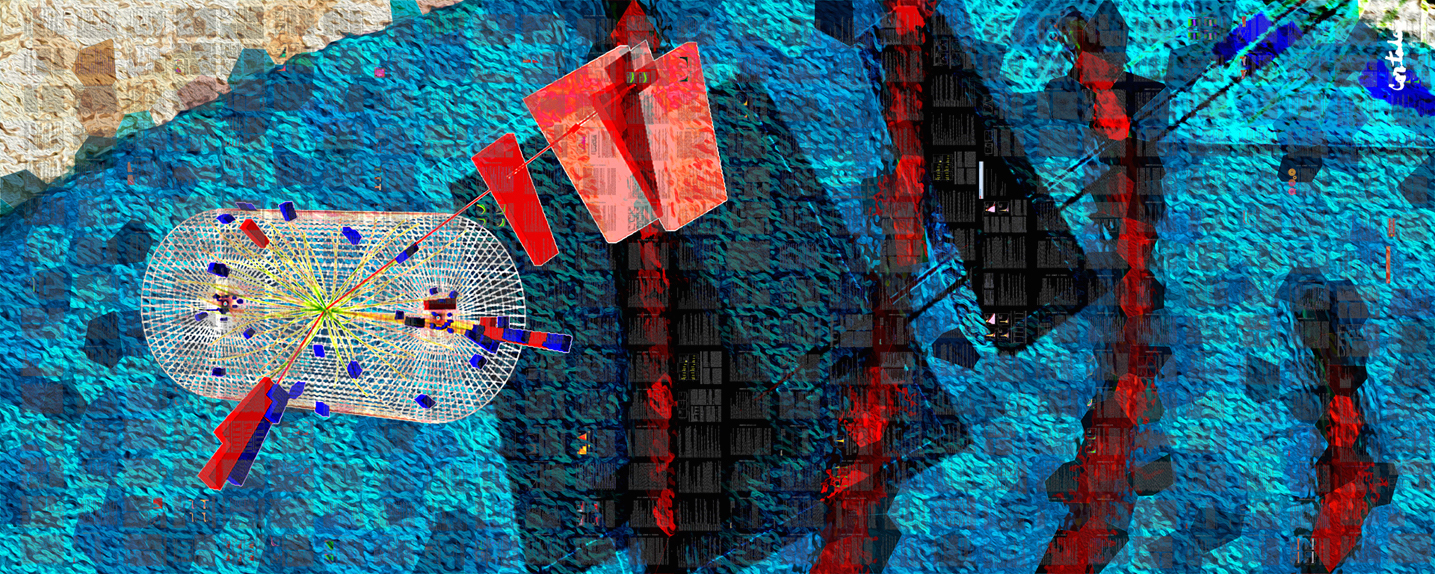
|
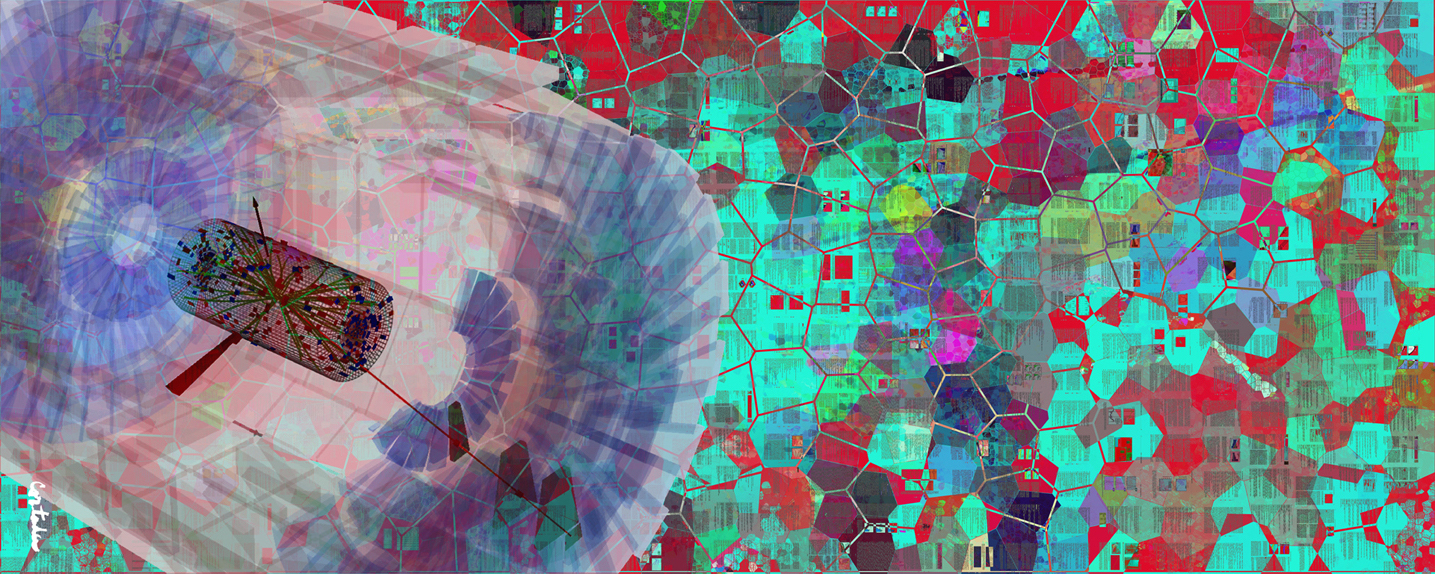
|